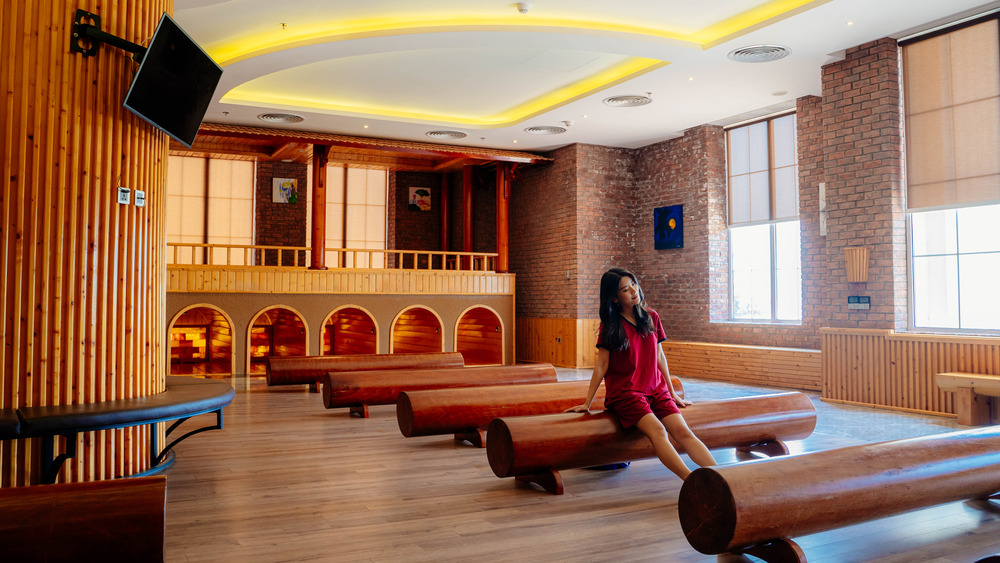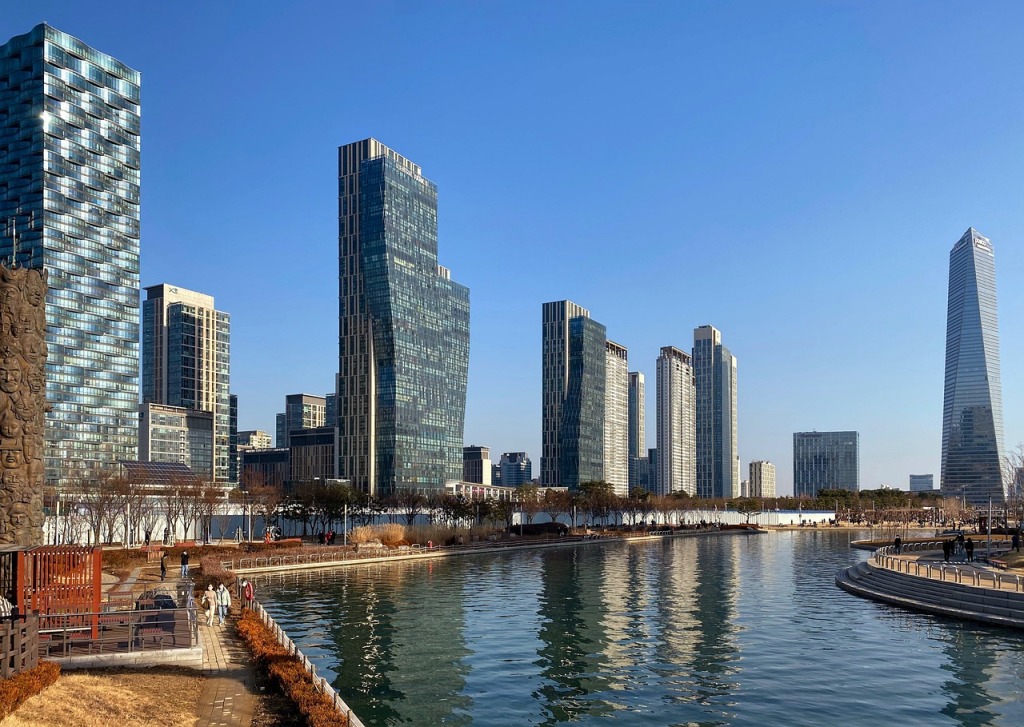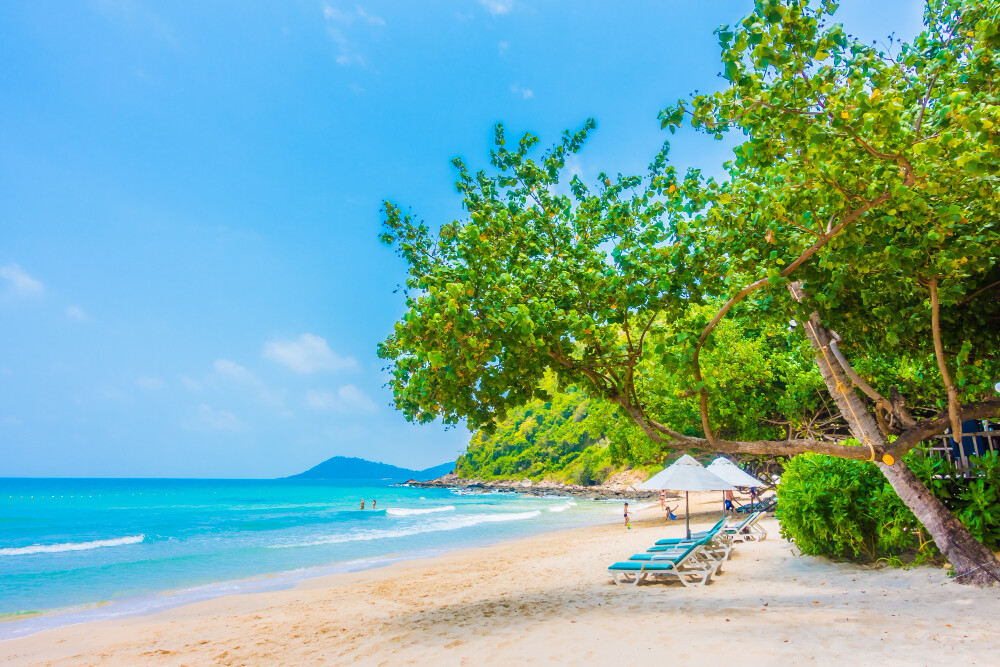The cruise industry has witnessed the rise and transformation of numerous vessels, each contributing uniquely to maritime history. Among these, the NCL Dreamward stands out for its innovative design, eventful service life, and remarkable adaptability. Launched in the early 1990s, this ship not only offered luxurious voyages but also underwent significant transformations that extended its service and influence in the cruising world.
The Birth of NCL Dreamward
In the early 1990s, Norwegian Cruise Line (NCL) sought to expand its fleet with modern, versatile vessels. This vision led to the commissioning of two sister ships from the renowned Chantiers de l’Atlantique shipyard in Saint. Nazaire, France. The first of these was the MS Dreamward, delivered on November 4, 1992. Designed with a gross tonnage of approximately 40,000 and a passenger capacity of 1,246, Dreamward was a testament to NCL’s commitment to innovation and passenger comfort.
Design and Features
Dreamward’s design was ahead of its time, incorporating features that prioritized both functionality and passenger experience. Notably, the ship was constructed with the foresight of future expansion. This innovative approach allowed for a seamless lengthening process, a concept relatively new in the cruise industry at the time. The vessel boasted modern amenities, spacious cabins, and a variety of dining and entertainment options, setting new standards for luxury cruising.
Maiden Voyage and Early Service
Following its christening on December 5, 1992, at Port Everglades, Florida, Dreamward embarked on its maiden voyage to Bermuda. The ship’s initial itineraries included cruises from New York to the Bahamas and from Florida to various Caribbean destinations. Passengers were treated to exceptional service, diverse entertainment, and the allure of exploring tropical paradises, solidifying Dreamward’s reputation as a premier cruise experience.
Transformation into Norwegian Dream
As the cruise industry evolved, so did the demands for larger and more amenity-rich vessels. In response, NCL undertook an ambitious project in March 1998 to lengthen Dreamward. The ship was sent to the Lloyd Werft shipyard in Bremerhaven, Germany, where it was meticulously cut in half, and a new 40-meter midsection was inserted. This transformation increased the ship’s gross tonnage to approximately 50,764 and expanded passenger capacity to 2,156.
Enhancements and Upgrades
The lengthening process was more than a structural modification; it was an opportunity to enhance the onboard experience. The additional space allowed for new dining venues, expanded entertainment areas, and more spacious cabins. The ship’s funnel and radar mast were also adapted to be foldable, enabling passage under the bridges of the Kiel Canal. Upon re-entering service, the vessel was aptly renamed Norwegian Dream, reflecting its renewed grandeur and expanded horizons.
Service Highlights
Post-transformation, Norwegian Dream offered a variety of itineraries, including European cruises and transatlantic voyages. The ship’s enhanced facilities and increased capacity made it a favorite among cruisers seeking both adventure and luxury. Notably, in August 1999, while en route from Zeebrugge, Belgium, to Dover, England, Norwegian Dream was involved in a collision with the container ship Ever Decent. Despite sustaining damage to its bow, the ship demonstrated resilience by continuing to Dover under its own power, underscoring the robustness of its design and construction.
Transition to SuperStar Gemini
In the mid-2000s, as part of fleet realignment, NCL transferred ownership of Norwegian Dream to its parent company, Star Cruises. After a period of lay-up and consideration of potential sales, a decision was made in 2012 to refurbish and integrate the vessel into the Star Cruises fleet. Undergoing a comprehensive $50 million renovation, the ship emerged as SuperStar Gemini.
Refurbishment Details
The refurbishment aimed to modernize the ship’s amenities and align them with contemporary cruising standards. Upgrades included the addition of new restaurants offering diverse cuisines, enhanced entertainment venues, and updated cabins designed for comfort and elegance. The ship’s capacity was adjusted to accommodate 1,532 passengers across 766 cabins, offering a range of accommodations from oceanview rooms to deluxe executive suites.
New Horizons
As SuperStar Gemini, the ship embarked on voyages across various Asian destinations, introducing passengers to the rich cultures and scenic beauty of the region. The vessel’s adaptability and modern amenities made it a popular choice among cruisers seeking both exploration and comfort. Its presence in the Star Cruises fleet reinforced the company’s commitment to providing exceptional cruise experiences in the Asian market.
Conclusion
The journey of NCL Dreamward, from its inception in the early 1990s to its transformation into Norwegian Dream and later SuperStar Gemini, exemplifies the dynamic nature of the cruise industry. This vessel’s ability to adapt, transform, and continue serving passengers across decades highlights the innovative spirit of maritime engineering and cruise operations. While the ship was eventually retired and scrapped in 2022, its legacy endures, reflecting a remarkable chapter in the history of luxury cruising.
FAQs
1. What was the original passenger capacity of NCL Dreamward?
The NCL Dreamward was originally designed to accommodate 1,246 passengers. After its lengthening in 1998, the capacity increased to 2,156 passengers.
2. Why was the ship renamed from Dreamward to Norwegian Dream?
Following a significant lengthening and refurbishment in 1998, the ship was renamed Norwegian Dream to reflect its enhanced features and expanded services.
3. What were the major incidents involving the Norwegian Dream?
In August 1999, Norwegian Dream collided with the container ship Ever Decent near the English Channel. Additionally, in December 2007, the ship was involved in a collision with a barge while departing Montevideo, Uruguay. Both incidents resulted in damages but no severe casualties.
4. When did the ship become SuperStar Gemini?
After being acquired by Star Cruises, the vessel underwent a $50 million refurbishment and was relaunched as SuperStar Gemini in 2012.
5. What led to the retirement of SuperStar Gemini?
In 2022, following the collapse of Star Cruises’ parent company, Genting Hong Kong, SuperStar Gemini was retired and subsequently scrapped in Alang, India.
Also read: Nihiwatu Sumba Hotel: 10 Unforgettable Moments in Paradise










